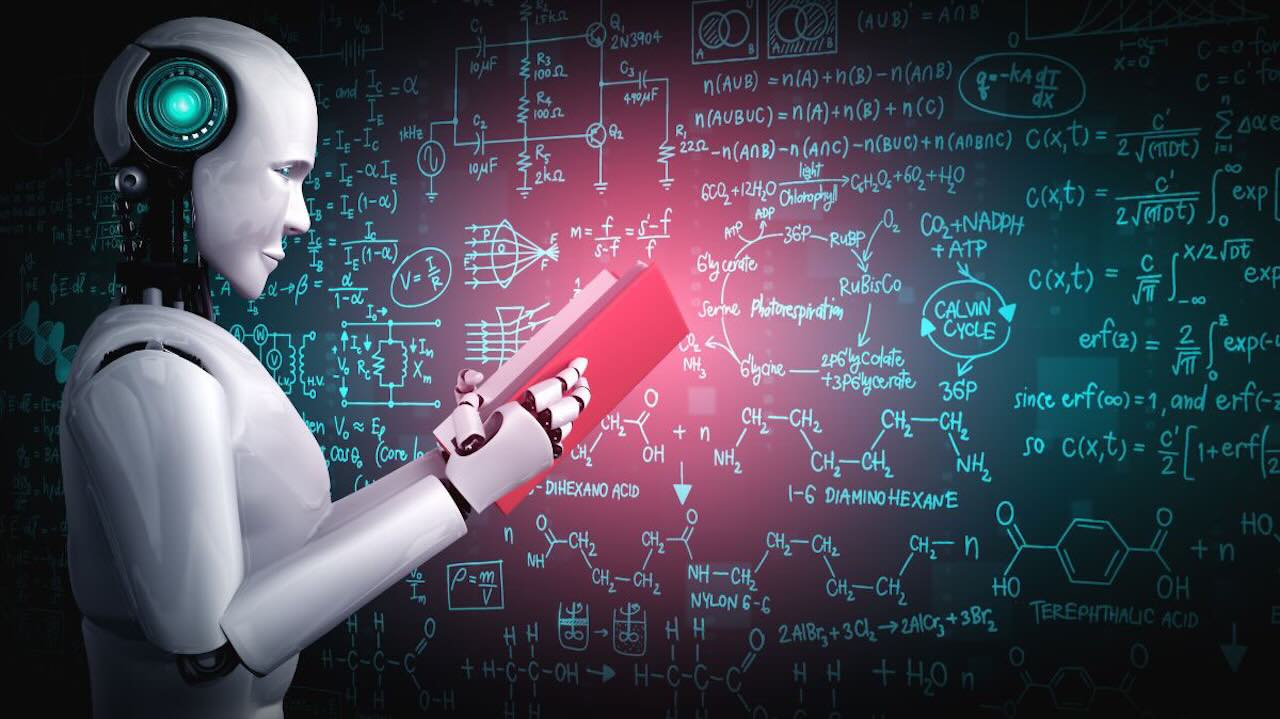Artificial intelligence (AI) refers to a system or a machine that can think and learn. AI systems utilise data analysis and algorithms to make decisions based on predictive methods. Examples are self driving cars, Smart assistants etc.
Quick Links
What is Artificial Intelligence?
Artificial Intelligence is a technology in which computers and machines are given the power to think, understand and take decisions like humans.
As:
- When you type something on Google, it already gives suggestions – that’s AI.
- Face lock or voice assistant (like Siri, Alexa) in mobile – this is also the wonder of AI.
How does AI work?
AI is developed by teaching data to the machine. Then it learns from that data:
- Recognizes (e.g. face, voice, language)
- Makes decisions (like which ads to show)
- Makes predictions (such as forecasting the weather or the stock market)
AI in our everyday life
- Google Maps on mobile – shows traffic, suggests routes
- Fraud Detection in Banking – Detects fraudulent transactions
- YouTube / Netflix – Shows you the videos you like to watch
- In farming – weather and crop information is obtained from AI
Auditor Implications
- Focus on Process Logic: Auditor is required to shift their focus to examine the overall flow and logic of the processes that use AI.
- Unintended Bias: Auditor should specifically check for potential biases that might be embedded with the algorithms.
- Effectiveness and Review: Auditor needs to assess how well the AI is performing and whether its outputs are properly reviewed and approved by humans.
- Shifting Oversight: If management relies more on AI for oversight, auditors need to understand the new risk landscape and how existing risks are being addressed.
Common risks for AI
- Security Risks.
- Inappropriate Configuration.
- Data Privacy Concerns
Blockchain
Blockchain is based on a decentralised and distributed ledger that is secured through encryption. Each transaction is validated by the blockchain participants, creating a block of information that is replicated and distributed to all participants. All blocks are sequenced so that any modification or deletion of a block disqualifies the information. Examples include- Bitcoin, blockchain smart contracts, etc.
Common risks for blockchain technology
Lost access: Strict security measures can lead to lockouts if proper protocols and contingencies are not in place.
Network vulnerabilities: Operating through network nodes exposes the system to cyberattacks.
NFT (Non-Fungible Token
NFT means something is unique and cannot be replaced. Unlike physical money and cryptocurrencies are fungible NFTs are nonfungible tokens. It contains the digital signature which make them unique. NFTs are digital assets for example, photos, videos, artwork, sports, collectibles, etc.
Key Features of NFT
Digital Asset – It represents Internet collectibles like art, music, and games with an authentic certificate created by blockchain technology that underlies Cryptocurrency.
Unique – It cannot be forged or otherwise manipulated.
Exchange – NFT exchanges take place with cryptocurrencies such as Bitcoin on specialist sites.
Challenges of NFT
NFTs has its own challenges like ownership and copyright concerns, security risks, market is not that wide, online frauds, etc. NFT audit considerations includes comprehensive code review for verifying the safety of a token, valid contract, data privacy and potential cyber threat.
Robotic Process Automation (RPA)
RPA uses software robots to automate repetitive tasks that people typically do on computers. This can improve process efficiency, customer experience, and control effectiveness. RPA bots can mimic human actions across different applications and systems, working tirelessly with high accuracy.
Operational and execution risks
- These arise from deploying RPA without a proper plan or model.
- Examples include: choosing the wrong tool, taking shortcuts, or neglecting security and compliance.
Change management risks
Not following the change management implementation lifecycle, improper and incomplete testing leads to inaccurate results.
RPA Strategy Risk
- This risk arises from setting unrealistic expectations or goals for RPA.
- Key Examples include: improper performance indicators (KPIs) or a lack of understanding of RPA’s capabilities and limitations.







